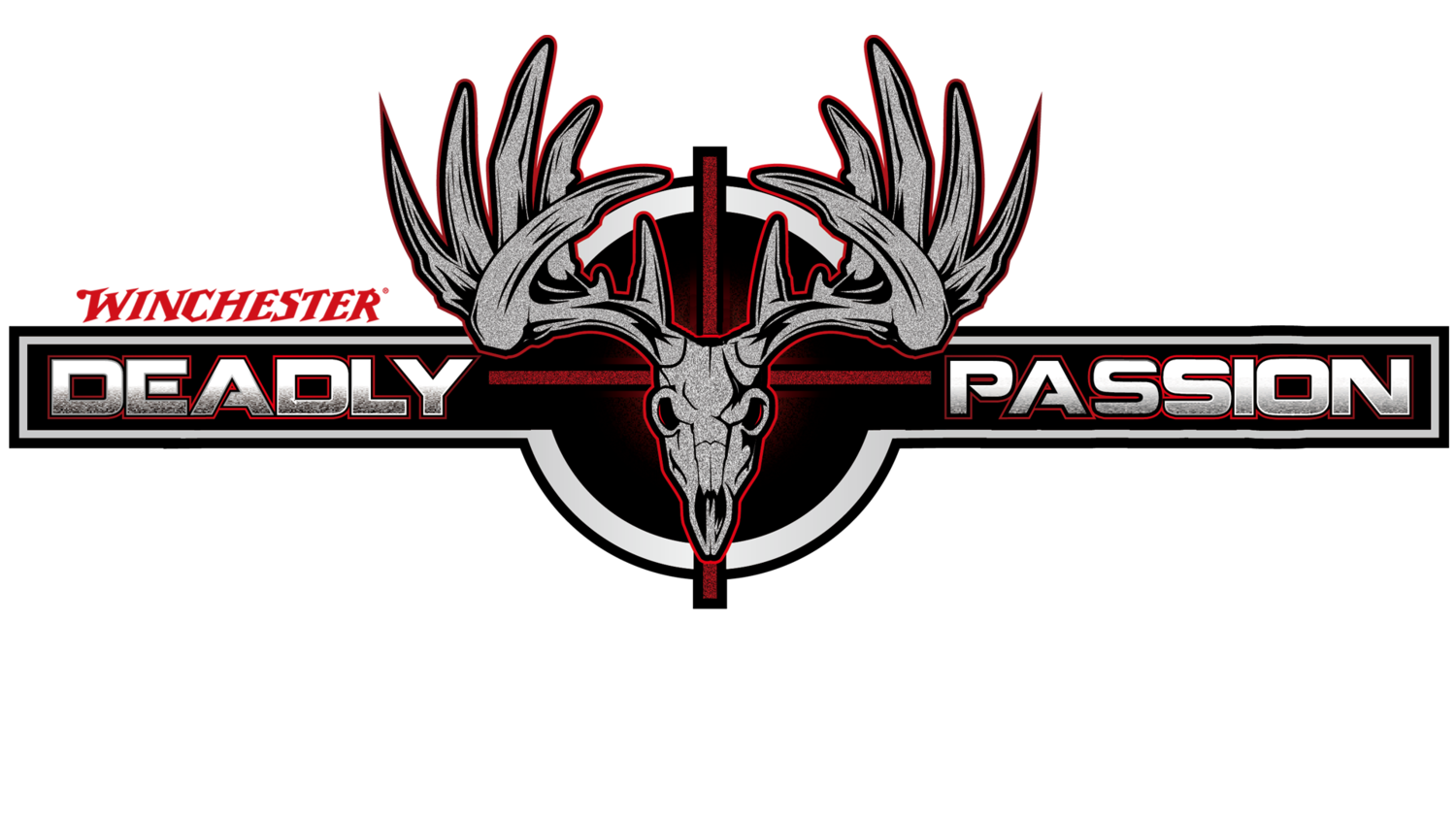Spring Turkey Tactics, Part 3
When it comes to tips for turkey hunting, there are lots of things that can improve a hunter’s chance of success. However, there are always those days where a hunter can do everything right and the turkeys refuse to cooperate.
Sometimes this can be caused by weather, bad luck, or just simply running out of time in states where the season closes at 1pm – like Illinois.When that day comes and you have a turkey hang up, know that you now have options. In the past, long-range turkey shots were simply out of the question for most. Though, the development of Winchester’s Long Beard XR will enable you to make much longer shots with extreme downfield lethality.
How can this be done? Winchester incorporated Shot-Lok technology into the Long Beard XR which allows the shot to hold together longer giving you better patterns down range.
One very important thing to remember is just because the ammunition can do it, doesn’t mean you don’t need to put in the bench time. Each hunter should really take the time to not only ensure their turkey gun is spot on, but also test it at various ranges so you know your comfort zone and effective kill range. Not only does the range time improve your skills, it also builds confidence and this is key. Put a turkey target up at 20, 30, 40, 50, and 60 yards. Find out exactly where you have to hold and what those patterns look like. This will ensure you not only make good decisions in the field, but also ensure a quick clean kill. I personally tested my gun out to 70-yards and found that my patterns at 50-yards and beyond were more than enough to kill a turkey.
Now that you have your gun all dialed in, you know your effective range, it’s time to decide when is the best time to take a shot. Ideally, I like the turkey to be standing still with his head extended. You can usually accomplish this by cutting sharply right before you want to take the shot. Not only will this expose his head and neck fully extended, it will also help ensure you don’t shoot a hole through the tail fan with your shot.
There are times however when a gobbler will not come out of strut. If this happens, you have to be careful. Your shot becomes more difficult, and the margin of error increases. You also increase your risk of shooting a hole in the fan as well by taking a bird in full strut. The most important thing of all is to ensure there are no other turkeys in line with yours when you pull the trigger. Wait until your bird is clear of other turkeys and you have a nice clean shot. I’ve accidentally let birds go after they come in and beat up my decoy because they were moving too much or they were all in a line and I was afraid of shooting more than one bird. Good decoys can help with this because they will keep a bird’s attention and usually give you time to take the shot. However, this is something every hunter must think about and consider before squeezing the trigger.
Lastly, once you have a bird down that you want to mount, begin prepping it for the taxidermist immediately. Even the finest taxidermist is no miracle worker. If there is blood coming from the head, try to keep it off the feathers to ensure they don’t get matted down. Also try to stop the bird from flopping around after the shot so the feathers and fan stays intact. Next, on your walk out carry the bird by its feet and make sure to put an orange cloth or flag on him to keep you safe. Lastly, if you can’t bring the bird immediately to the taxidermist, get it cooled down and frozen as soon as possible.
Spring is a time we all love, especially when turkeys are gobbling and our blood is pumping! Take a little time to hit the range, understand your effective kill range, and take care of your bird after the shot to help make the most of your mount if you choose to go that route.
New for 2017 – Winchester Long Beard XR now comes in 20-gauge. Everyone can enjoy the benefits and technology that Winchester has developed to help make our spring hunts even more successful.





